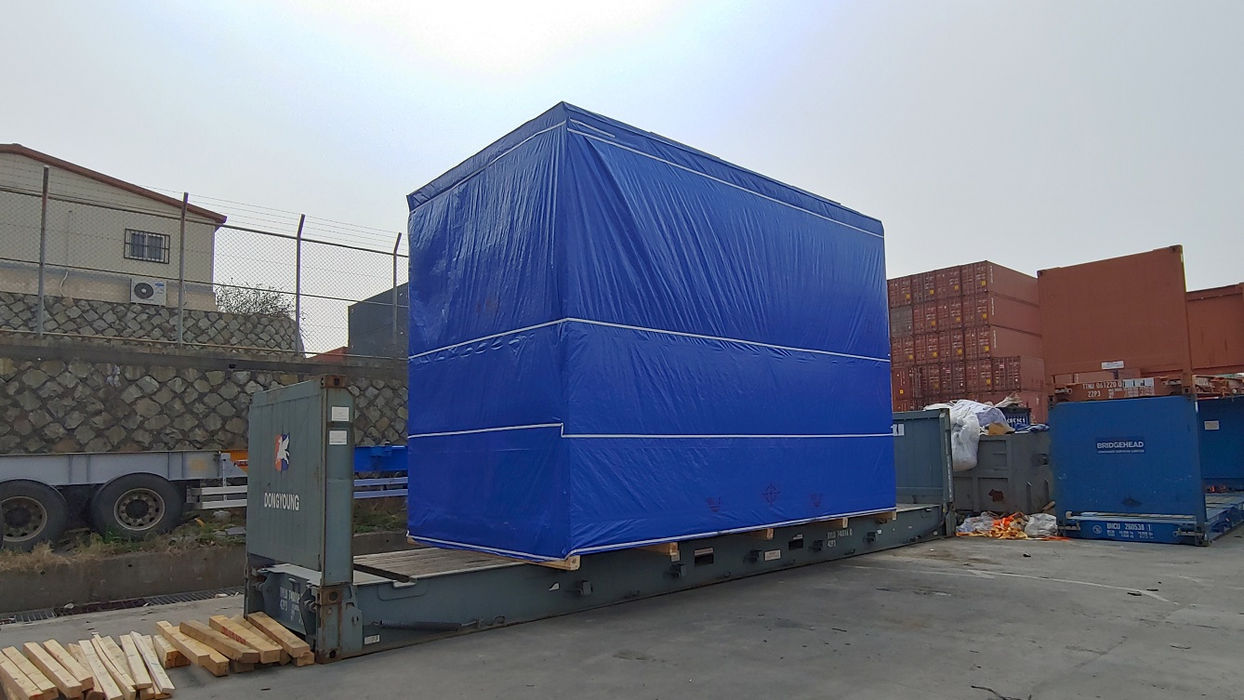FAQ
Q1. Can large cargo be transported internationally?
Yes, we can ensure stable exports through customized packaging design and maritime transportation infrastructure.
Q2. What are the packaging standards for large cargo?
We determine whether to use a shipping method (Bulk, Flat Rack CNTR) by considering the characteristics, size, and weight of the cargo, and proceed with packaging accordingly.
Q3. How are packaging costs calculated?
It is calculated comprehensively by considering the weight and volume of the cargo, packaging materials, input equipment, and personnel.

Ongoing Support Plan
To better handle similar cargo types, we've accumulated data on optimal packaging practices for each cargo type and risk factors for each shipping method, creating an internal manual. After completing the project, we analyze the results and incorporate feedback to improve packaging design standards, managing them in a way that can be shared with our clients.
All About Our Story



Large bulk cargo packaging and transportation
Concerns about damage to expensive components during on-site dismantling

Background
Large cargo cannot fit into standard containers, requiring open-top or flat-rack methods. However, if the cargo's dimensions, shape, and center of gravity are not comprehensively considered, offshore loading and securing can become difficult.
Therefore, packaging and transportation plans tailored to the specific characteristics of each cargo type are essential from the pre-shipment stage.

Check Every Stage of the Process with Photos.
After analyzing the cargo characteristics, the process proceeds as follows: appropriate packaging design → packaging work performed in a specialized warehouse → loading of special equipment such as flat racks → pre-transport inspection → export customs clearance and shipping → sea transport → unloading and delivery at destination.

Challenge Faced
In situations where special equipment like flat racks are required to reduce ocean freight costs, excessive packaging volume relative to the cargo size or weight can result in additional freight charges or even impossibility of loading.
Furthermore, given the vulnerability of equipment to external impacts, packaging design that prevents damage is essential.


Solution
After accurately assessing the cargo's structure and size, LTS implemented a design that would prevent impact during maritime transport with minimal packaging.
Furthermore, the cargo was transported from the packaging warehouse to the loading port using dedicated safety equipment, ensuring no damage during transit. The cargo also passed pre-shipment inspection without issue.





